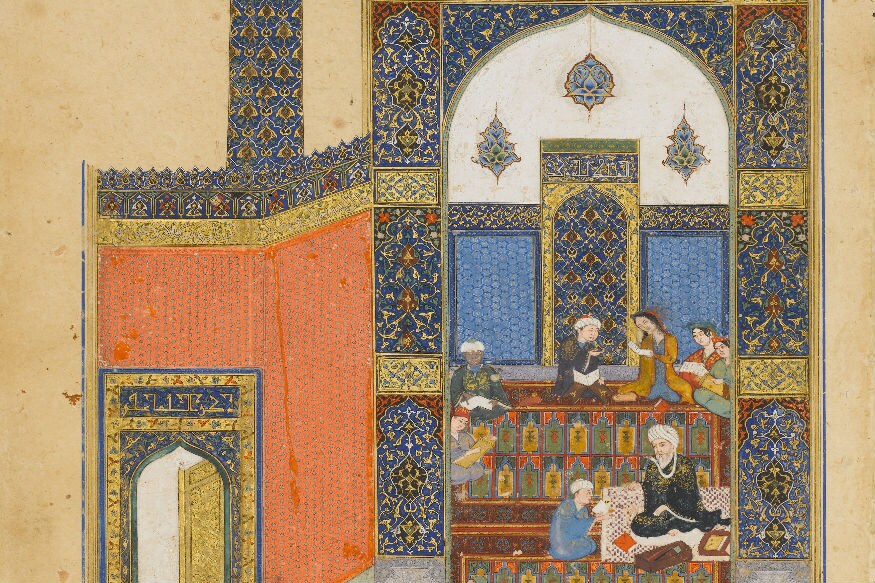

But here, the walls aren't metaphorical, they are literal barriers.

But it's easy to transcribe it to any Western city, with its slums, its estates, its "good" or "bad" neighbouroods, its Black or White or Polish or Turkish or white collars only or working class, or whatever, areas. Obviously, this hierarchical social order is very much inspired by the Indian caste system. What makes Leila completely chilling is how plausible it is to imagine a city partitioned by walls defining communities that live only among themselves, in contempt and fear of the others, and with their own private laws. Until the day when people like Shalini, her husband Riz and their three year old daughter, living in the mixed community of the East End, became people that needed to be reeducated.

And more and more people confined themselves within their communities, all to attain "purity". The walls got higher and higher each community lived with their own behind those walls, according to their castes, their family ties, their religion. She was taken from her sixteen years ago, when things became really bad. Shalini searches for her daughter, Leila.


 0 kommentar(er)
0 kommentar(er)
